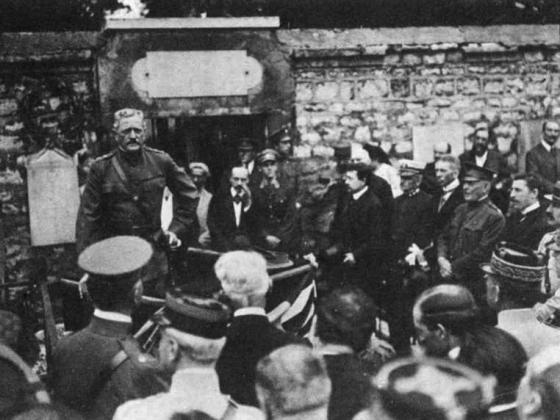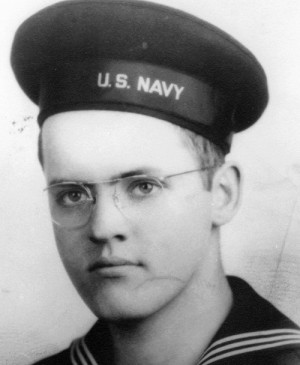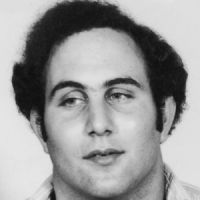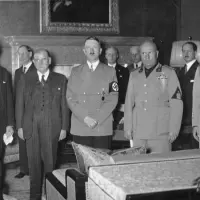On July 4, 1917, the day on which the United States celebrates its independence, U.S. troops make their first public display of World War I, marching through the streets of Paris to the grave of the Marquis de Lafayette, a French aristocrat and hero of the American Revolutionary War.
Though the first large numbers of U.S. troops arrived in St. Nazaire, France, on June 26, 1916, almost three months after the formal U.S. declaration of war in early April, they were by no means to have an immediate effect on the battlefields of World War I. First, the American troops, many of them new recruits or conscripts, needed to be trained and organized into efficient battalions. They also needed to be reinforced by more of their number before they could have the strength to face Germany on the Western Front.
The U.S. commander, General John J. Pershing, dedicated himself to the establishment of training facilities and supply operations–even so, he could only promise a significant American contribution to the fighting beginning some 10 or 12 months from that time, or the summer of 1918. As a result, though the U.S. entrance into the war gave a significant psychological–and financial–boost to the exhausted Allies, on the battlefields of France the Allied soldiers were still waiting, in vain, for the hordes of arriving Americans to relieve them.
On July 4, 1917, immense public enthusiasm greeted the first public display of American troops: a symbolic march through Paris, ending at the grave of Lafayette, who had commanded revolutionary troops against the British empire and who, by his own request, had been buried in soil brought from America. To the cheers of Parisian onlookers in front of the tomb, the American officer Colonel Charles Stanton famously declared “Lafayette, we are here!”

“Lafayette, we are here!”
Pershing speaking at Lafayette’s tomb outside of Paris
(actually the words were pronounced elsewhere by another American officer but attributed
to Pershing because of the censor’s refusal to mention any other US officers by name)
My post from a year ago today: The Declaration of Independence



 Check out my other blog
Check out my other blog I'M PUBLISHED
I'M PUBLISHED I'm Published Again
I'm Published Again









WW1 was so horrendous but it placed Canada on the map and made them a nation
LikeLike